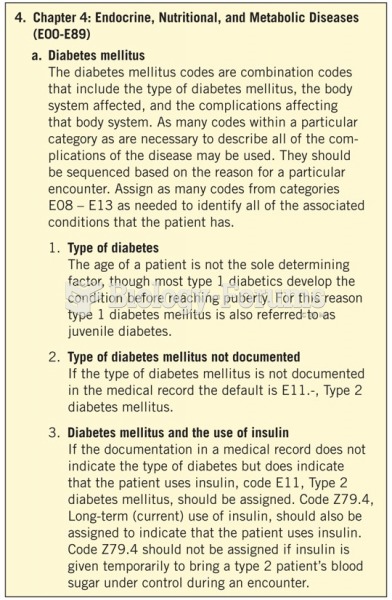Answer to Question 1
The U.S. Social Security Administration has established an official poverty line, which
is based on what the federal government considers to be the minimum amount of
money required for living at a subsistence level. The poverty line is computed by
determining the cost of a minimally nutritious diet (a low-cost food budget on which a
family could survive nutritionally on a short-term, emergency basis) and multiplying
this figure by three to allow for nonfood costs. Absolute poverty exists when people
do not have the means to secure the most basic necessities of life. Absolute poverty
often has life-threatening consequences, such as when a homeless person freezes to
death on a park bench. By comparison, relative poverty exists when people may be
able to afford basic necessities but are still unable to maintain an average standard of
living.
Answer to Question 2
According to the functionalist approach, if society is to function as a stable system, it is
important for people to be healthy and to contribute to their society. Sickness is viewed
as a form of deviant behavior that must be controlled by society. This view was initially
set forth by sociologist Talcott Parsons in his concept of the sick rolethe set of
patterned expectations that defines the norms and values appropriate for individuals
who are sick and for those who interact with them. According to Parsons, the sick role
has four primary characteristics: (1) People who are sick are not responsible for their
condition. It is assumed that being sick is not a deliberate and knowing choice of the
sick person. (2) People who assume the sick role are temporarily exempt from their
normal roles and obligations. For example, people with illnesses are typically not
expected to go to school or work. (3) People who are sick must want to get well. The
sick role is considered to be a temporary role that people must relinquish as soon as
their condition improves sufficiently. Those who do not return to their regular activities
in a timely fashion may be labeled as hypochondriacs or malingerers. (4) People who
are sick must seek competent help from a medical professional to hasten their
recovery. Parsons believed that illness is dysfunctional for both individuals and the
larger society. Those who assume the sick role are unable to fulfill their necessary
social roles, such as being parents or employees. Similarly, people who are ill lose days
from their productive roles in society, thus weakening the ability of groups and
organizations to fulfill their functions. According to Parsons, it is important for the
society to maintain social control over people who enter the sick role. Physicians are
empowered to determine who may enter this role and when patients are ready to exit
it. Because physicians spend many years in training and have specialized knowledge
about illness and its treatment, they are certified by the society to be gatekeepers of
the sick role.







![Bolier - Best Friend (Never Let Me Down) [Official Music Video]](https://biology-forums.com/gallery/47/medium_6_01_10_23_10_03_00.jpg)